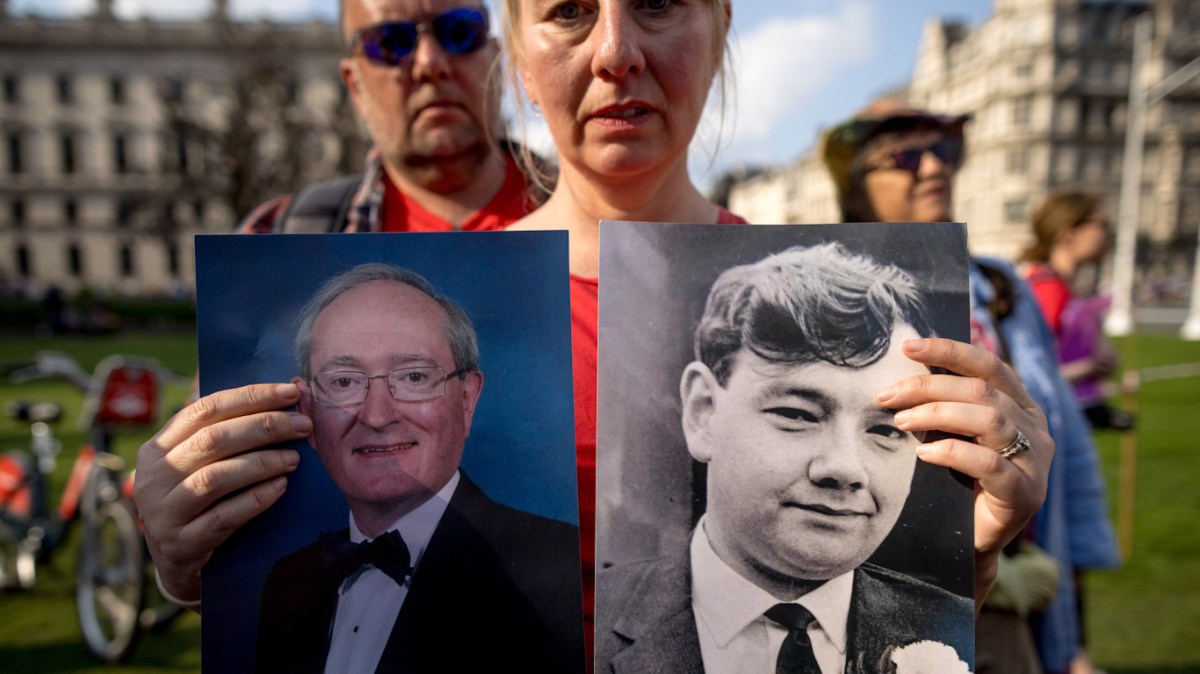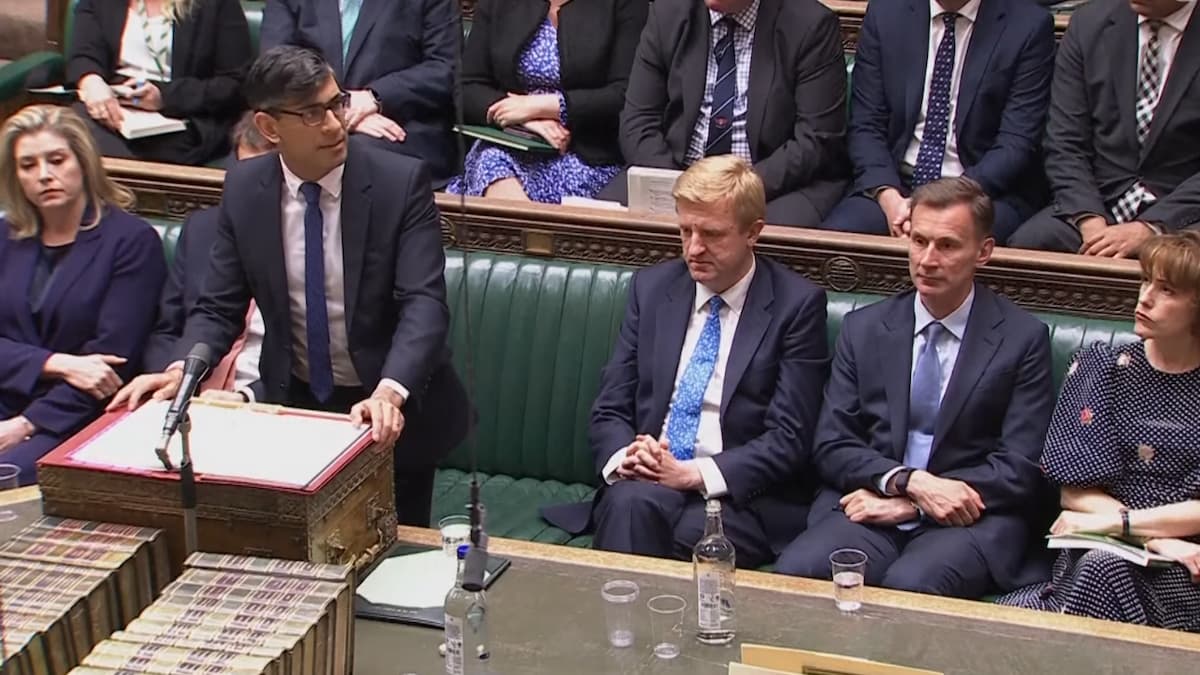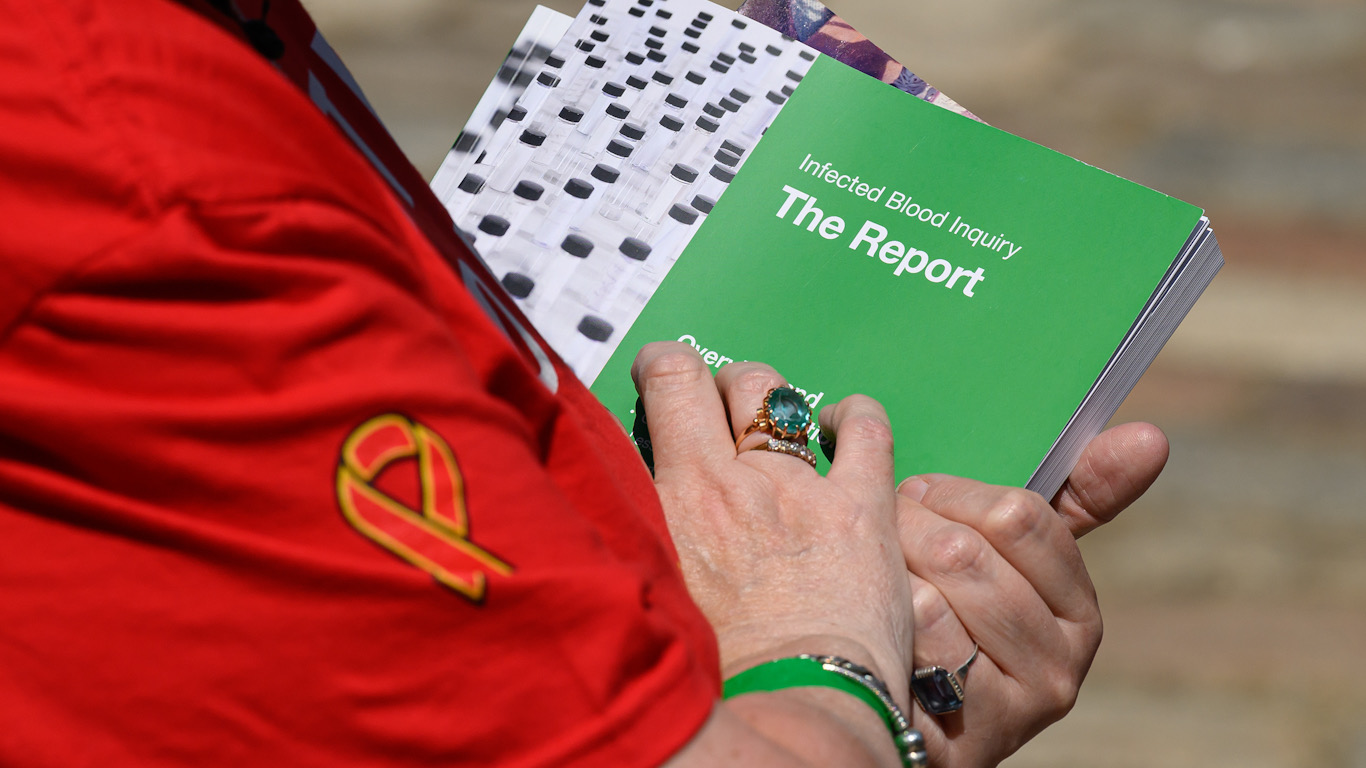The findings of an inquiry into the U.K.’s infected blood scandal were shared on Monday 20th of May. They confirm that the government and the National Health Service failed patients, and that these failings led to thousands of deaths and many lives being ruined.
For those who have been campaigning for decades to expose the truth, this is something they already knew — now it’s just written in black and white for all to see. According to an article from BBC News, it’s estimated that around 3,000 lives were lost (so far), and many more were left with life-changing illnesses thanks to them being exposed to contaminated blood. So what exactly has this inquiry found, and what was the cause of the contaminated blood in the first place?
The inquiry
Despite the scandal originally happening between the 1970’s and the 1990’s, an investigation was not approved until 2017. Former judge, Brian Langstaff was appointed chair of the inquiry in 2018 and over a period of six years the testimonies of over 5,000 witnesses and the contents of over 100,000 documents were reviewed. The report found that around 30,000 individuals had been infected with diseases, and that a majority of patients who were exposed suffered from hemophilia — a rare inherited blood disorder which affects the blood’s ability to clot properly.
In the 1970s, hemophilia patients were given a new treatment with blood products made from infected plasma. These patients fell ill with a variety of illnesses — the report indicates that 1,250 people with bleeding disorders (380 of which were children) had been infected with HIV. Three quarters of those patients have since died. Furthermore, around 5000 patients were also exposed to Hepatitis C.
But this didn’t just affect those with bleeding disorders, as the infected blood was also used in general transfusions. Almost 27,000 more were treated with infected blood for transfusions after procedures such as surgery and childbirth.
How did this happen?
The report went on to detail just how these deaths could have been avoided, had the government undertaken the correct procedures. The appointed chair, Brian Langstaff, said that U.K. authorities had failed to ensure that the blood was properly screened, and that the correct procedures were followed in order to ensure the safety of patients.
The blood itself was imported from the U.S., and some of the plasma was traced back to high-risk donors, which even included prison inmates who were paid to give blood. An article from AP News reports that the manufacturers mixed the plasma with thousands of other donations, meaning a whole batch could potentially be infected by one donor with a certain disease.
But this wasn’t the only thing the authorities had been found guilty of. The inquiry also claims that the monumental mistakes were covered up by various governments as well as the NHS for decades — they knew about the infected blood, but failed to act in order to save money and their public image. There were even reportedly some instances of documents being intentionally destroyed to keep the whole thing under wraps.
Compensation
Of course, the 30,000 that were affected by this scandal have been campaigning for some sort of compensation since the infected blood first started being used in hospitals. Sat in the Grand Central Hall in Westminster as Mr. Langstaff delivered his findings, many of the victims wore red shirts with quotes like “infected blood, dying for justice” as reported by The Guardian. It seems like Langstaff was able to deliver that justice, holding those in power accountable for mishandling the situation while remaining compassionate to those who had been affected by the whole scandal.
Speaking at the House of Commons on the 21st of May, Prime Minister Rishi Sunak addressed the findings of the damning report, apologizing to the victims, and vowing to “right the historic wrong.” According to the BBC ministers have reportedly earmarked around £10 billion ($12.7 billion) for a compensation package.
“This is a day of shame for the British state. Today’s report shows a decades long moral failure at the heart of our national life, from the National Health Service to the Civil Service, to ministers in successive governments. At every level the people and institutions in which we place our trust failed in the most harrowing and devastating way.”
Of course, this acknowledgement is only the first step in seeking justice for the victims of the cover up. Many want to see those who knew and withheld information to actually be held accountable for their part in the pain and suffering caused. Will that ever happen? It’s hard to say, as for years, patients have been gaslit, denied the truth, and even lost their lives, so it’s certainly going to take more than a compensation package to undo all the decades of hurt.



